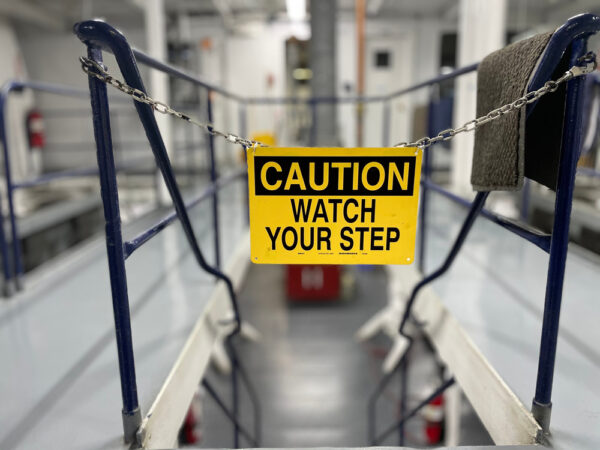Costs of Noncompliance: How Safety Violations Can Hinder Operations

Safety is nonnegotiable in factories big and small, and there is no shortage of rules and regulations to ensure it’s always the top priority. These standards keep workers safe regardless of where they are or what they’re doing — and they keep operations running smoothly along the way.
When safety rules are broken, it opens the door to significant consequences. Violations like not wearing the right gear, ignoring warning signs, or not servicing safety equipment might seem innocuous, but they can lead to accidents, injuries, and even death. Regardless of how the consequences manifest, safety violations often come with a steeper price than people assume.
The financial cost of noncompliance with safety regulations
One of the most common consequences of safety violations is the financial cost that can follow them. There are two kinds of costs:
- Direct costs are easy to see. They include things like fines levied by OSHA and other regulatory bodies, paying for legal help to navigate workers’ compensation lawsuits, and fixing noncompliant equipment on the fly. These costs can add up quickly. And, often enough, remediation requires unplanned downtime, further mounting unbudgeted costs.
- Indirect costs can be even bigger. When accidents happen and workers are injured, there are a multitude of costs associated with workers’ compensation, lost labor, and more. Accident-prone companies are more likely to see their insurance costs rise to boot.
In 2023, OSHA issued roughly $132.3 million for violations of its 10 most cited regulations. And that sum comprises only the immediate fines — not including the indirect costs downstream.
Worker safety and well-being
Safety violation fines are costly — as they should be. And safety compliance shouldn’t just be about avoiding these fines; it should be about protecting people. When factory workers have full confidence that their safety is the top priority, they can focus on doing their best work. By the same token, if they’re concerned for their safety or if they have reason to believe they’re in danger, their attention shifts from work to self-preservation.
Accidents also have lasting impacts on those not directly affected. For instance, if a machine operator was injured by an underserviced piece of equipment, it’s natural for every other operator to immediately question their own safety. Even worse, those who witness accidents can be left with anxiety and PTSD that affects their well-being in other ways.

The cost of an unsafe reputation
Reputation matters in manufacturing — and that includes your reputation as an employer. Good workers will steer clear of factories with unsafe reputations, and consumers are no different.
Business partners are also conscious of manufacturer reputation. Safety issues or compliance violations can quickly lead to contract terminations as responsible companies hold their manufacturing partners to the same standards they expect from themselves. And on top of all this, a bad reputation is hard to shake.
Never underestimate the value of safety
All this said, safety compliance in manufacturing environments shouldn’t be looked at as another way to avoid costs. Instead, it needs to be a concerted commitment to ensure the safety of workers. A clear focus on safety protects people, saves money, and generates a positive reputation that perpetuates these benefits. It’s time to shift perspective from the cost of safety noncompliance to the value of proactive safety efforts.
Join GES in prioritizing workplace safety this summer! Get 15% off three or more repairs or 10% off a single unit repair for all non-PPE safety equipment.
